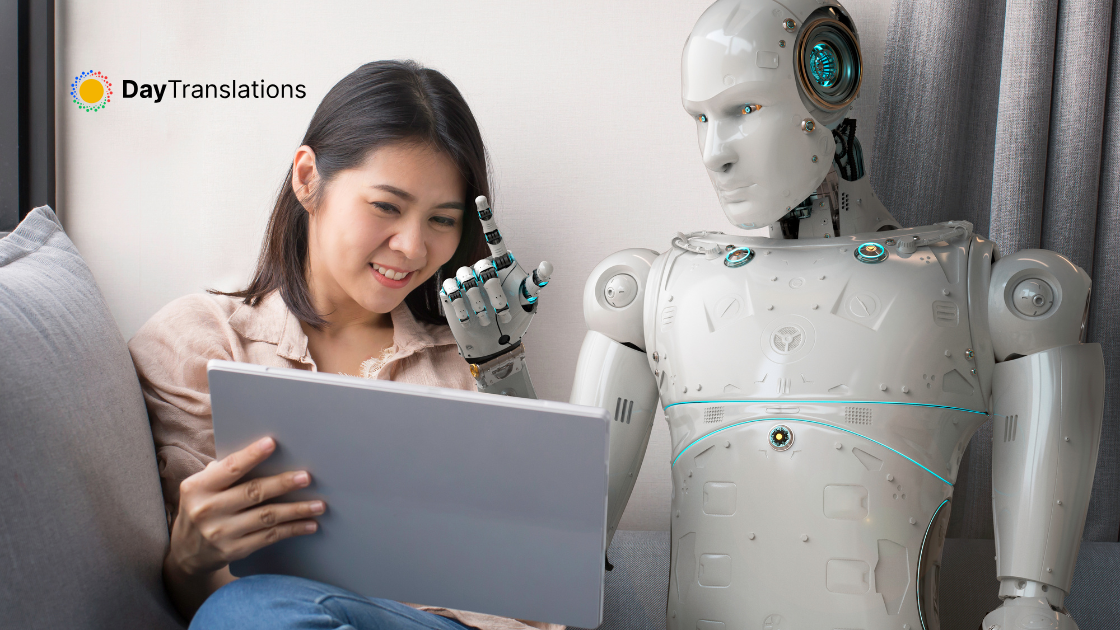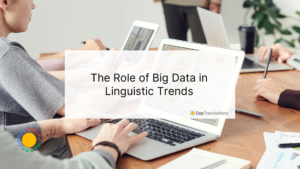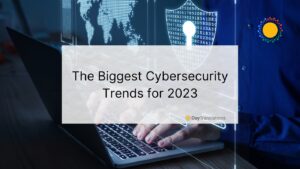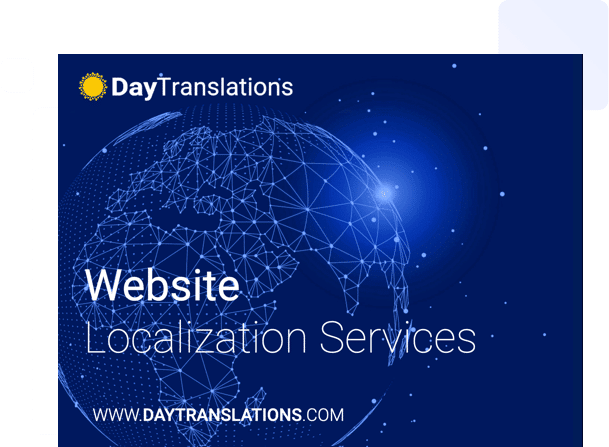Gone are the days when language was a barrier between people and the world. Thanks to AI, the translation service industry is undergoing a revolution and making multilingual communication more accurate, faster, and highly scalable.
According to market research, the AI language translation market is expected to reach $2.94 billion in 2025.
For the past few years, the translation industry relied on traditional rule-based machine translations. While helpful, these systems generated results that lacked nuance, were awkward, clunky, and often misled the context.
However, the year 2025 promises new developments in the translation industry. Advancements in artificial intelligence are enabling translations that are more contextually aware, intelligent, and real-time, reshaping the dynamics of cross-cultural communication.
This article highlights the four major AI shifts that are reshaping the translation industry in 2025:
The 4 AI Shifts Reshaping Translation in 2025
The year 2024 saw remarkable trends in the field of translation industry such as the rise of multimodal LLMs (MLLMs) and the convergence of NMTs with generative AI. These innovations significantly enhanced the accessibility and reliability of translation systems.
However, the key challenges still remained i.e.; to address long-tail conversations with accurate contextualization in real-time, establishing a balance between human expertise and AI-driven translations, and the need to impose tighter AI regulations to broaden trust and data security.
1. Machines with Meaning: Context Is the New Accuracy
Contrary to conventional machine translation tools that performed word-to-word translations with inconsistent results, the AI models have significantly improved the process of language translation with the ability to understand context more clearly.
AI in translation uses advanced technologies such as deep learning and NLP (Natural Language Processing) to analyze entire documents or conversations at once. This allows them to produce more cohesive and accurate translations rather than translating content word by word.
AI algorithms are capable of identifying idioms, colloquial, and language patterns, referencing surrounding words to get a deeper understanding of the context.
Furthermore, AI can perform translations by understanding the speaker’s tone and emotions behind the words, whether it’s humour, happiness, sadness, or dissatisfaction—ensuring translations that are not just accurate, but also emotionally aware and culturally relevant.
2. Real-Time, All the Time: Instant Global Conversations
Two individuals can now converse in different languages in real-time with mutual understanding facilitated through real-time AI translation.
Real-time translation is a method that utilizes a voice translator to perform speech-to-speech, text-to-speech, speech-to-text, or text-to-text language translations. These systems utilise conversational AI strategies to perform automated, instant, and live translation in different languages without any delay.
The year 2025 will see a boom in real-time AI translator tools and devices that can leverage the power of cloud computing and high-speed internet to generate results in near-instant response times. These tools will be widely implemented across real-life use cases such as a live multilingual video conference organized on platforms like Google Meet, Skype, Zoom, or Webex; global customer support services that deal with customers from different languages, wearable AI-powered translation user devices such as earbuds or AR glasses that can perform native language conversations for the users in a fraction of seconds. To further streamline communication and information sharing during these real-time multilingual interactions, a simple scan of a QR code generated by a reliable QR code generator can instantly provide contact details, meeting links, or other essential information.
Example: Google’s Pixel Buds are wireless earbuds that can do real-time translation across languages. It can be paired with Android smartphones, tablets, or Google Home smart speakers.
3. Humans Still Matter: The Rise of the AI-Assisted Linguist
AI is transforming the translation industry, but that does not mean that it is replacing human expertise; rather it is enhancing human capabilities to ensure cultural relevance and maintenance of linguistic precisions.
In 2025, most businesses will witness a rise in AI-assisted linguistics that will play an important role in ensuring that the AI-generated results are refined, associated perfectly with the context, and meet the quality standards of the organization.
Expert linguists work in parity with the AI translation tools to focus on high-level content that may require empathetic considerations, and customized approaches according to the client’s preferences. This synergy between AI and humans will redefine industry standards, making the services of AI-assisted linguists indispensable.
4. Ethical Echoes: Trust, Privacy, and The Fine Line
AI algorithms utilize vast amounts of data to train AI translation models. This raises questions about how this data is managed and secured, especially in industries like banking & finance, healthcare, and law, where confidentiality of data is paramount.
Ethical implantation of AI in translation service industries requires LSPs (Language service providers) to ensure users can completely trust the results for their accuracy and reliability without any fear of any misleading content.
Organizations are focussing on adopting stringent practices such as secured workflows, data encryption, and enforcement of data protection laws like GDPR (General Data Protection Regulation) and DPDPA (Digital Personal Data Protection Act ) that require language service providers to handle data securely and with user consent.
Further, navigating a fine line between innovation and exploitation of data in translation services will require a careful balance between automation and data integrity. 2025 will require companies to pay utmost attention to establishing industry standard best practices, driving innovation without compromising human values or the linguistic integrity of users.
Translation Service Industry: A 2025 Perspective
Looking ahead, 2025 could be a transformative year for the translation service industry. From contextually aware and real-time language translations to integrating human expertise with AI-powered results. Adopting these AI shifts will not only help companies stay ahead of their competitors but will also ensure effective global collaboration and limitless possibilities in multilingual cultures.
Looking for professional translation services and human interpreting solutions- Get your free online quote at Day Translations.
Author Bio
Emily Ahearn is an outreach specialist. I have a passion for connecting with people and building relationships. My 5 years of customer experience have enabled me to develop a versatile skill set that allows me to adapt to different environments and engage with a diverse range of stakeholders. With a passion for communication and collaboration, I have honed my skills in content creation, social media management, and networking to create impactful outreach strategies that deliver results. Visit my LinkedIn profile or shoot me an email here.
Feepik AI image generated: https://www.freepik.com/free-ai-image/technology-integrated-everyday-life_383220428.htm











Sorry, the comment form is closed at this time.